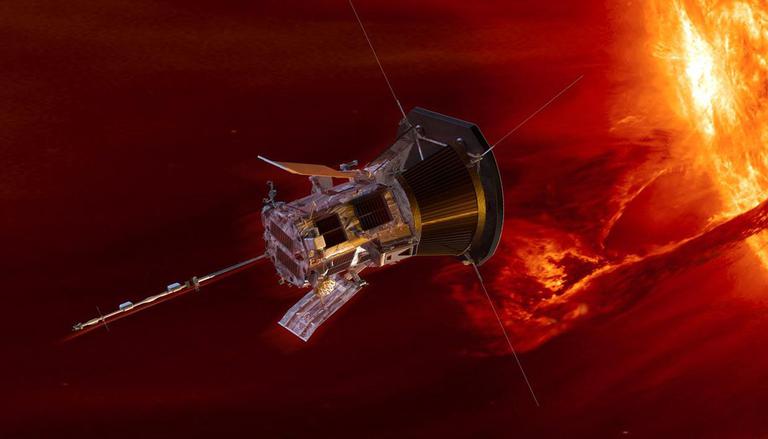According to NASA, it’s a historic occasion because it’s the first time a spacecraft has passed into the sun’s outer atmosphere.
The Parker Solar Probe achieved this achievement by briefly entering the corona, a zone around our star that scientists refer to as the corona.
It happened in April, but it was only recently validated through data analysis. Parker had to deal with high heat and radiation, but he gained a lot of knowledge about how the sun works.
One of the most daring missions the CIA has ever conducted is the Parker Solar Probe. It was launched three years ago with the goal of making closer approaches to the Sun on a regular basis. The spaceship is speeding across space at about 500,000 kilometres per hour. The goal is to get in and out rapidly, with a suite of instruments measuring the solar environment deployed from behind a big heat shield. On April 28th of this year, Parker reached the Alfvén critical threshold.
This is the edge of the corona. It’s the point at which solar material locked to the Sun by gravity and magnetic forces breaks free and travels into space.
At a height of around 13 million kilometres (8 million miles) above the Sun’s visible surface, or photosphere, Parker crossed the boundary. Scientists are fascinated by corona because it is home to a number of crucial processes that are still unknown.
One appears to be superheating, which is paradoxical. The photosphere of the Sun has a temperature of approximately 6,000 degrees Celsius, while the corona has a temperature of a million degrees or more.
Parker’s discoveries, as well as those from other solar observatories, have urgent consequences for everyone on the planet. Our planet’s magnetic field can be shaken by the Sun’s greatest intense eruptions. Communications may be disrupted, satellites may be knocked offline, and power grids may experience electrical spikes as a result of the process.
Scientists are working to forecast these storms, and Parker is providing them with new and essential data to help them. The latest findings from the mission will be presented in New Orleans at the American Geophysical Union’s Fall Meeting.











More Stories
Zelensky calls on the Prime Minister to assist in lifting weapon restrictions in Ukraine
Business Rankers to present 2nd Edition of “India MSME Week-2024” in Jaipur
Adopting Digital Transformation in Sustainability Reporting with ESRS Set 1 XBRL Taxonomy